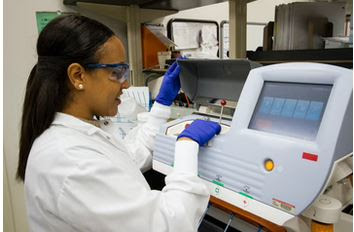How does art therapy help with addiction?
How Does Art Therapy Help with Addiction? A Creative Path to Healing
The recovery process resembles a personal expedition which requires individuals to face their pain then reconstruct their identity along with developing purpose for their life. Artistic forms of therapy add new healing methods to standard treatments such as counseling and medication which remain fundamental. The effective method for recovery is art therapy which provides patients power to heal.
What provides art therapy for addiction as a solution for addiction treatment? Inner beauty comes to the surface through art therapy because this therapy enables individuals to demonstrate their internal feelings by allowing self-expression without verbal language.
What Is Art Therapy?
Individuals can experience better physical, mental and emotional health through the creative artwork making of art therapy which acts as an expressive therapy. A therapist supervises the sessions yet patients do not need experience in art to participate. The approach skips product-focused goals to concentrate on developing artistic procedures which let individuals express their emotions through drawing and painting while using sculpting or collage techniques.
The artistic process used in therapy enables addiction treatment by encouraging individuals to express themselves through art as a means to enhance physical, mental and emotional recovery.
1. Expression Beyond Words
Addiction usually leads people to experience intense feelings of shame and guilt alongside anger and grief which prove difficult to fully express. Art functions as an expressive outlet that assures confidentiality and free of criticism. Imagery together with color allows people to transform their hidden pain into external visualization while sorting out their mental disorder.
2. Stress Relief and Emotional Regulation
Creating art decreases stress hormone levels while activating a state of mental relaxation in the human body. People in recovery must establish healthy methods to manage their situation. Art therapy teaches people to become mindful while teaching them to focus and learn self-soothing methods that help eliminate dangerous patterns of behavior.
3. Self-Discovery and Empowerment
Through artistic engagement people find the opportunity to recover their sense of self which is removed from addiction-related circumstances. Through the process of art creation people discover themselves while developing an understanding of inner thoughts becomes possible. The creative process enables many individuals to identify their triggers along with their behavioral patterns and motivational forces.
4. Building Resilience and Confidence
The conclusion of artistic work leads to achievement regardless of its level of complexity. The creative act enables people to reconstruct their self-esteem because addiction typically damages this core aspect. Making art throughout time will repeatedly show your ability to develop both beauty and change within your life's structure.
5. Community and Connection
Group art therapy makes connections among participants possible through its therapeutic environment. People can observe and think about shared challenges through a non-verbal environment that provides support for one another. Belonging to groups provides healing benefit to people who experienced previous feelings of isolation and misinterpretation.
A Complement to Traditional Treatment
The therapy provides remarkable added value to routine addiction treatment methods although it functions best as a supplemental approach. This creative approach functions as an independent practice or rehab therapy component to promote emotional well-being through personal creative tools that protect against relapse.
You can find information about how art therapy benefits individuals who struggle with addiction by investigating its possibilities.
In Closing
Breaking free from substances only marks the beginning of recovery because it requires discovery of self along with inner healing and learning new life directions. The healing process is gently facilitated through art therapy which delivers both mental understanding and spiritual optimism. Through art therapy participants build up their recovery by adding brushstrokes to their journey.



Comments
Post a Comment